Over this past summer, we worked with two tinkering fellows to help us design and develop creative learning activities for our educators and children in rural and remote communities in India. As part of this fellowship, we worked with Nikil Augustine and Nikita Gandhi, lifelong tinkerers who developed eight new activities to help extend our repository of low-cost activities (see below). Recently, we interviewed them both to get a first-hand perspective of their experiences and learnings working with us remotely. Their experiences will help inform our next steps, reflect and reiterate on our process, and share an important story with our future interns.
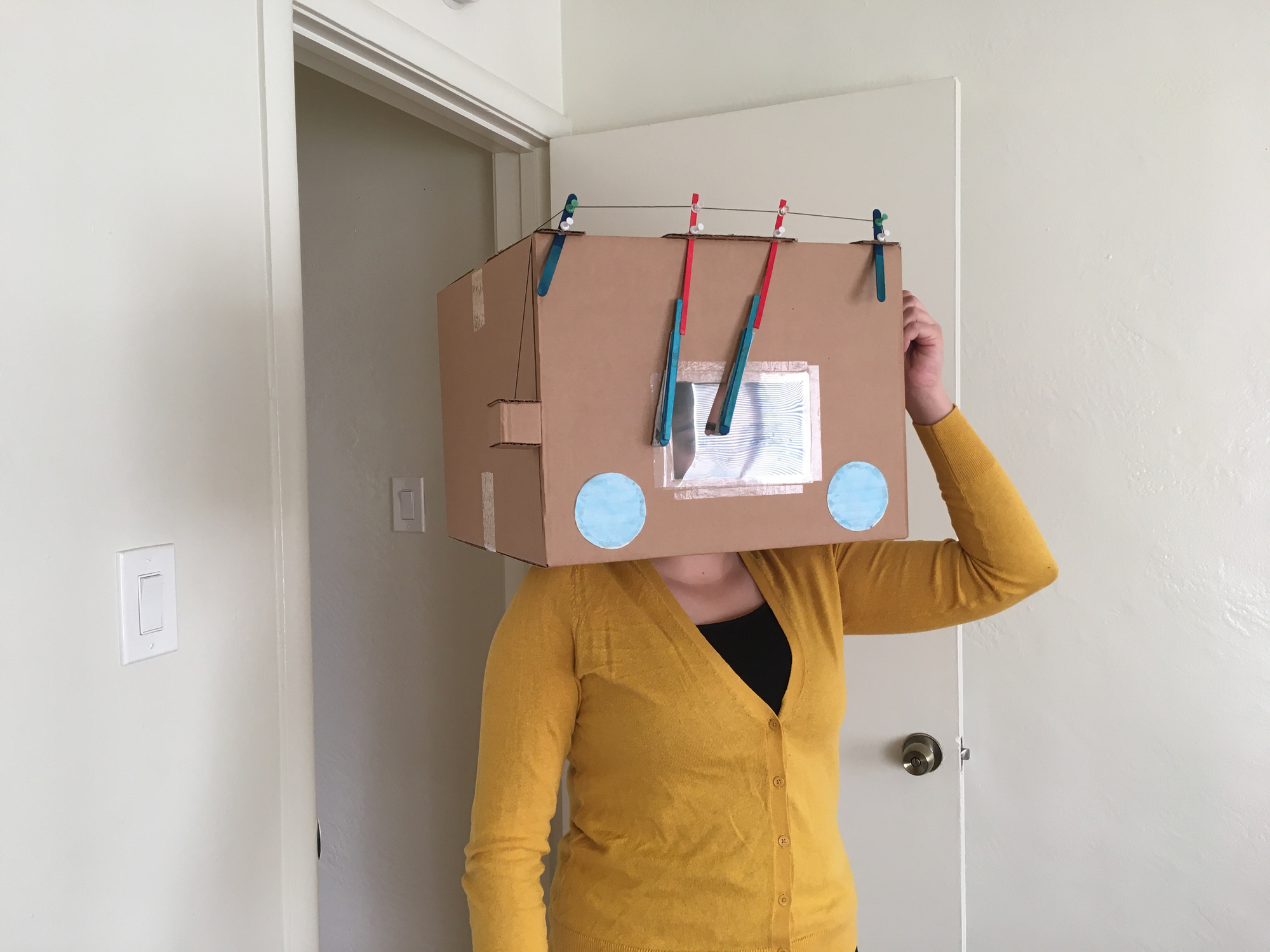
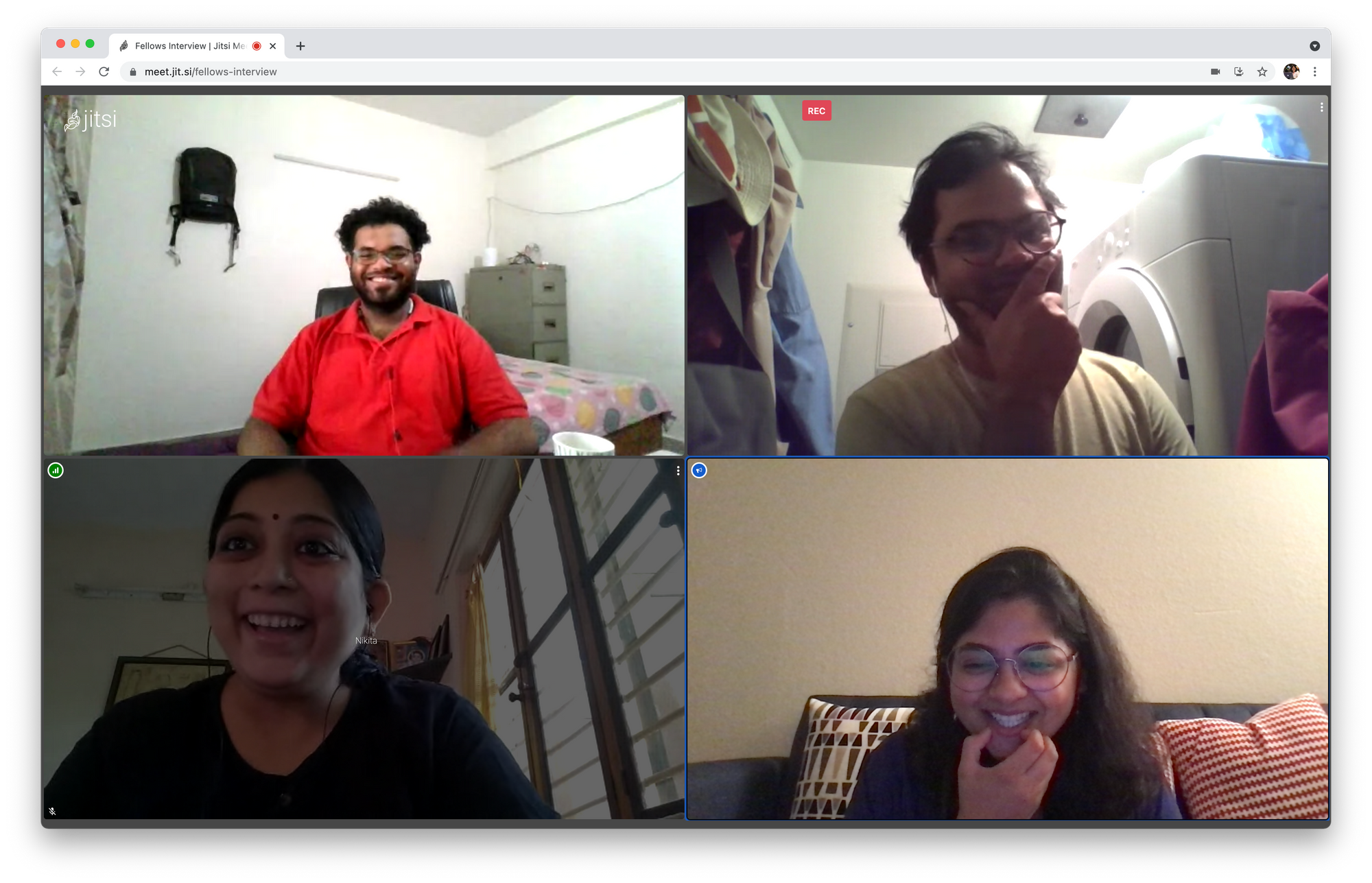
What motivated you to work for Unstructured Studio?
Nikita: I connected with Srishti a year before the internship started to develop a module around making ink from everyday objects. Mihir, a mutual friend, told me about it and I got very excited. I have been an educator and working with children for many years. What I saw in the internship was the next step in what I have been doing. I was happy to see something like this happening, and I wanted to give it a try. So I ended up applying.
Nikil: I received a message about the internship as a WhatsApp forward. I felt that the work happening at Unstructured Studio was something that I worked on in my Masters, and this was the direction I wanted to take, especially in the tinkering space, doing something more hacky, hands-on, and building something from nothing. I felt that my work is very aligned with what the studio is doing, which prompted me to send an email.
What was your process for developing an activity? What did you learn as part of it?
Nikita: Knowing that we were designing the activity guide and demo videos for different audiences (age groups, educators, and learners) helped me look into the activity differently. I was mindful of the language I use, the steps I write, make the process more detailed, and cut out any unnecessary steps. The open-ended guide was also about connecting to the light and thinking about framing the questions, so more creativity flows to the kids. Before this, I had not done video editing, particularly adding voice-over and music in the background, so I learned a lot in the process. I have been an educator and artist working in a studio alone by myself, exploring natural colors. This was new for me to work in a team, get feedback from you and rework. Overall, it became like a small project for me, developing the educational videos with help from a 14-year-old in the neighborhood and brainstorming the activity ideas with all of you. I have certainly grown as a person.
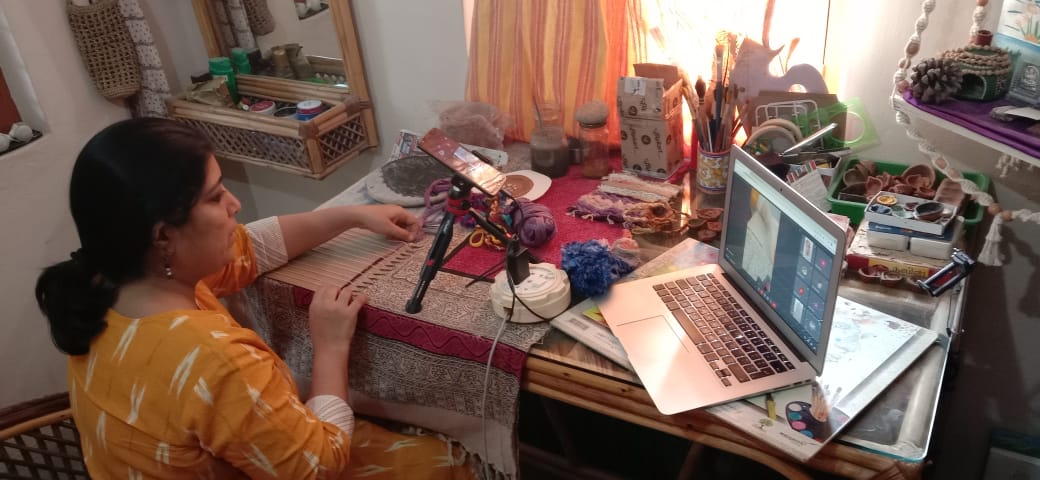
Nikil: When I start, I mentally create a plan focusing on the exclusions- material constraints, who the activity is not for, etc. Then when I have a clear idea, I focus on the larger goals I am trying to achieve and slowly create a plan to develop the activity. For example, in the maze activity, I thought about the potential objects I can use that I see around me. I also try to minimize material usage and use leftovers from any previous one in my next activity. In a way, I try to design the activity based on the materials I have handy but do not limit myself with the options I have.
Which is your favorite activity?
Nikita: Balancing Sculptures is my favorite activity. For this particular project, I explored many materials. The ideas for balancing for me were earlier minimal, using recycled materials only. While developing this activity and learning about others' work broadened my perspective, particularly stone stacking. And, the end product, which is a balanced sculpture made out of cardboard, turned out to be beautiful.
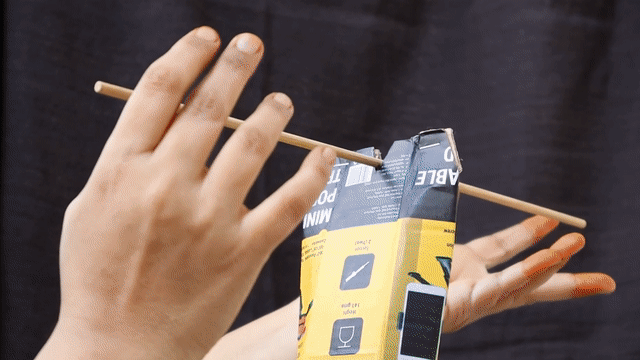
Nikil: Designing our own maze is my favorite activity. Though I don't usually dabble in art, it is not my forte; the outcome of this activity was aesthetically pleasing.
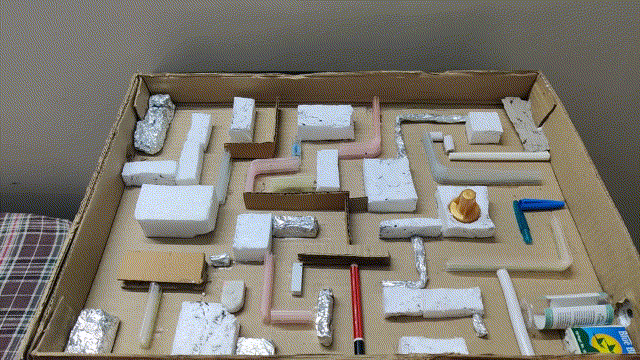
How was developing these activities different than what you have developed earlier?
Nikita: I think this approach is much more interactive and wholesome. It is like a holistic educational tool that we are making. Like I said in the beginning, I have done half the process all these years. I would go into a classroom and do half of the activities, and every time I thought that there could be so many outcomes of it, so many explorations in different directions. But I couldn't pursue them because I was in a structured system. In that sense, this system feels more open and child-centric; it gives more space for creativity, and kids can take it the way they like. Even in an alternate school, we are limited in timetables. Having worked with NGOs and schools, I feel that we are giving more time and space for thinking, questioning, reflection, and observation. This helps every learning style; it gives them many options to pursue, that there is nothing right and wrong, and every exploration is always learning about oneself or the material. That is quite strong in this format. Having something like an educational module for an adult to fall back on was missing, and this is how we should be doing in schools. It is the next step for whatever is happening in the education space.
Nikil: Earlier, I have built electronics in a few fields that I am interested in. But to design, an activity with the constraints in mind and for younger children was very interesting with Unstructured Studio. I had never thought about how less materials could bring out new ways of achieving something.
What were some of your “aha!” or challenging moments?
Nikita: My aha moment was when I could create a video using the Canva video editing web tool and realized that I could make a video and add music and animation to it. As someone who likes to do jugaad, I have to push myself at certain times "I am old but that old, I'm 38 only"—realizing that technology can help sometimes was a big moment. My challenges were when I would have these creative blocks and slow down to think and reflect on what to do next. Sometimes also had to find time to work on the activities amid other ongoing projects and personal work.
Nikil: My aha moment was when I was tinkering with leftover pieces of cardboard from the previous activity and ended up making a bulb holder out of it for the homemade circuits activity. Some of the challenges were to do with procuring materials due to the lockdown in the city and the shops being closed as a result. Something as trivial as a marble took me a week to get. I had to borrow from a friend finally.
What advice do you have for future fellows? How can we improve the process for them?
Nikita: When we began, I was like, first I will finish the first activity, then second, then third. But then it didn't happen in this order and more in parallel. Doing these activities require more creative freedom, reiterating, and feedback loops. They cannot occur in a week as we initially planned. Some activities take more time for collecting materials, artistic work, shooting videos, and editing them. It is good to have four or five ideas in the beginning and then work on them simultaneously. It is for people who love "jugaad". If you like tinkering and exploration, this is your space where learning will happen!
Nikil: One commendable thing was that there was no pressure on me; it was an open-ended process for my creative freedom–if I had to follow a certain path, want my activities to shape up in a certain way, I had the full agency for it. Another fellow can join and work on the next set of activities with their vision and freedom to follow it. In my experience, if you have a specialization in something, start with that. I started with an activity where I had some trouble drawing and sketching and took more time to complete. If I had started with the activity related to electronics first, I would have taken less time to complete it. Being unstructured is important to figure out your next steps; it might be a deterrent if you have a rigid timeline and structure.
About the fellows
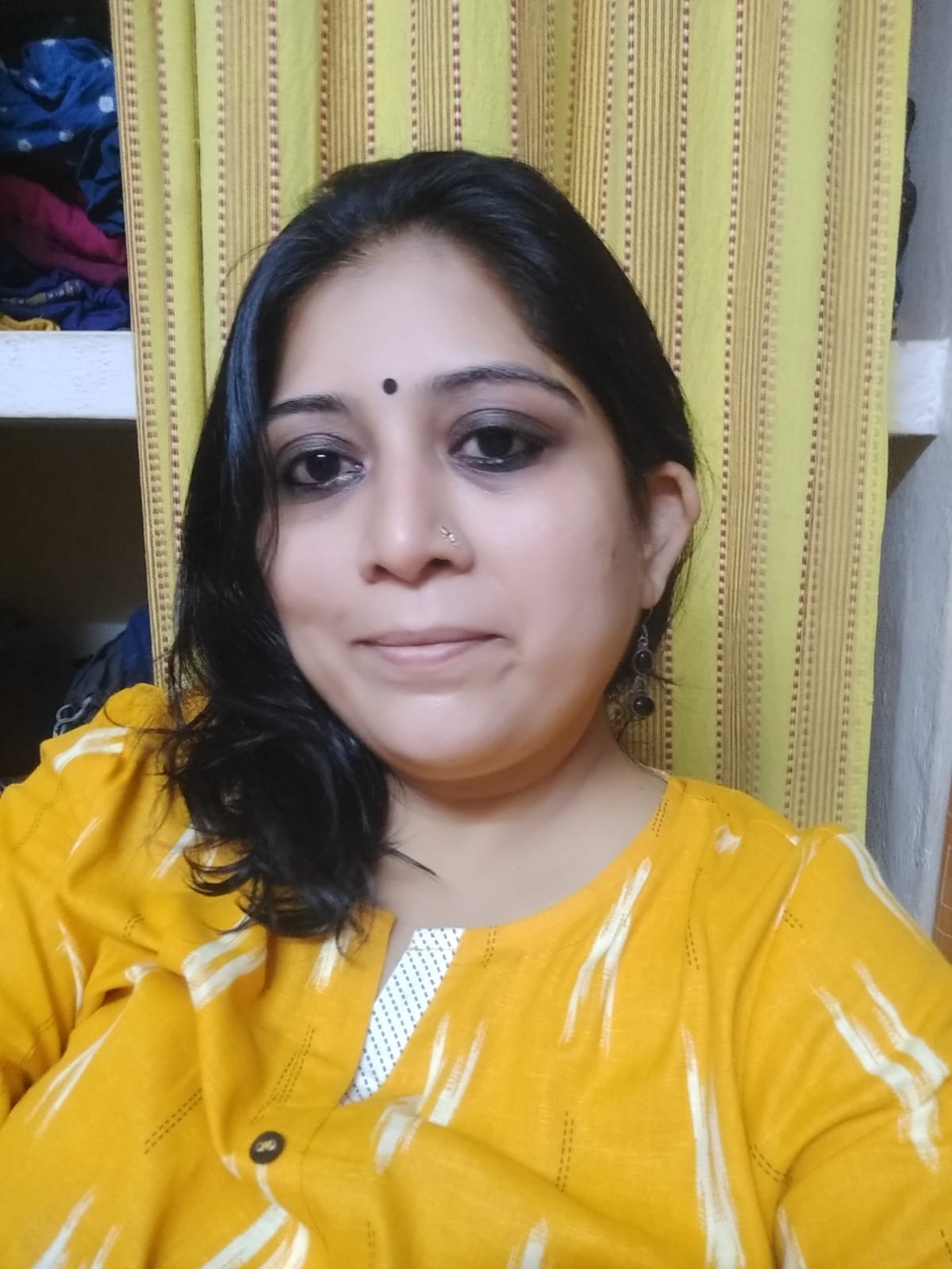
Nikita Gandhi is a self-taught artist and educator for the past 15 years. She has been interested in learning by doing activities for children throughout her career. She has worked at several schools and NGOs and taught children to make toys from things around us and junk. At her last job at Marudam school, she worked with children exclusively exploring Arvind Gupta toys and Sudarshan Khanna's toy-making book. The age group she worked with was 8-11 years.

Nikil Augustine is a former "Master of Design in Social Design" candidate at Ambedkar University, Delhi. Nikil has hands-on and practical experience in field research, designing, building, and troubleshooting various social and tech projects. He likes to experiment with fresh ideas and solve problems intuitively along the way and is interested in contributing his design and technical skills for the benefit of society.
Want to be a future tinkering fellow with us? Send your resume and cover letter to hello@unstructured.studio. Read here about the roles and responsibilities of a tinkering fellow.
